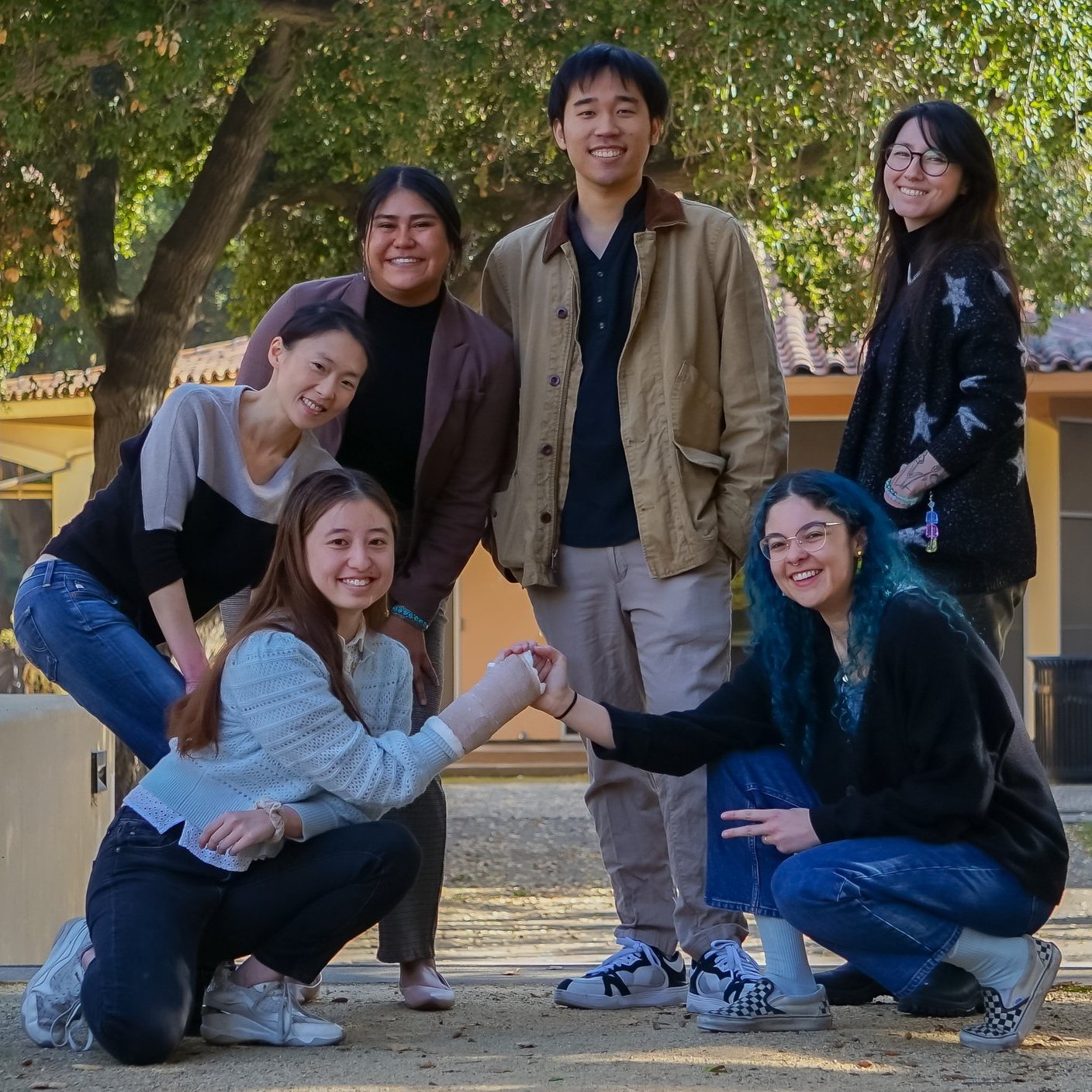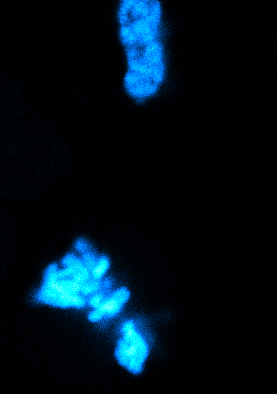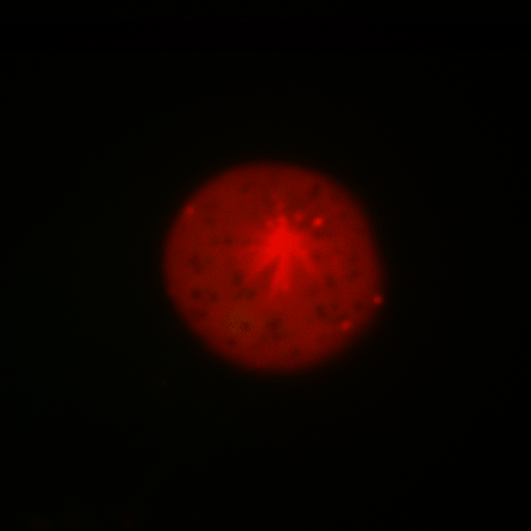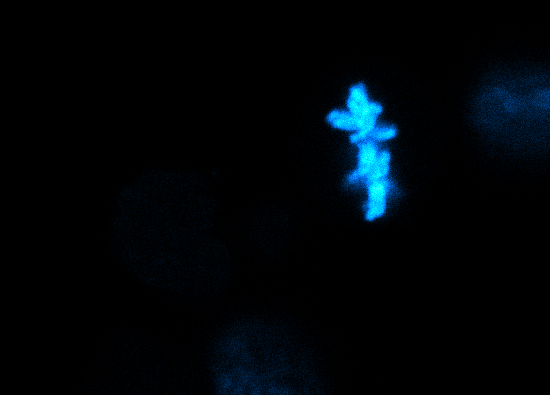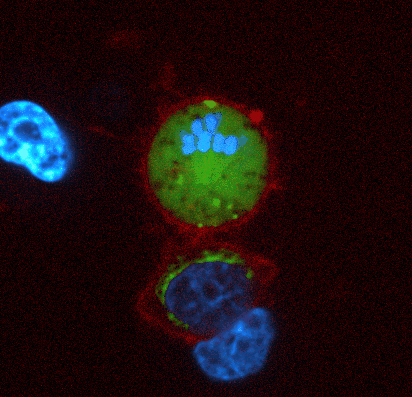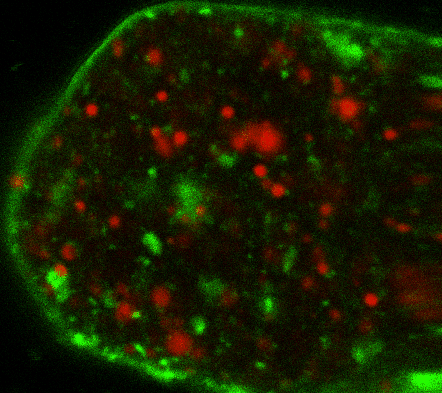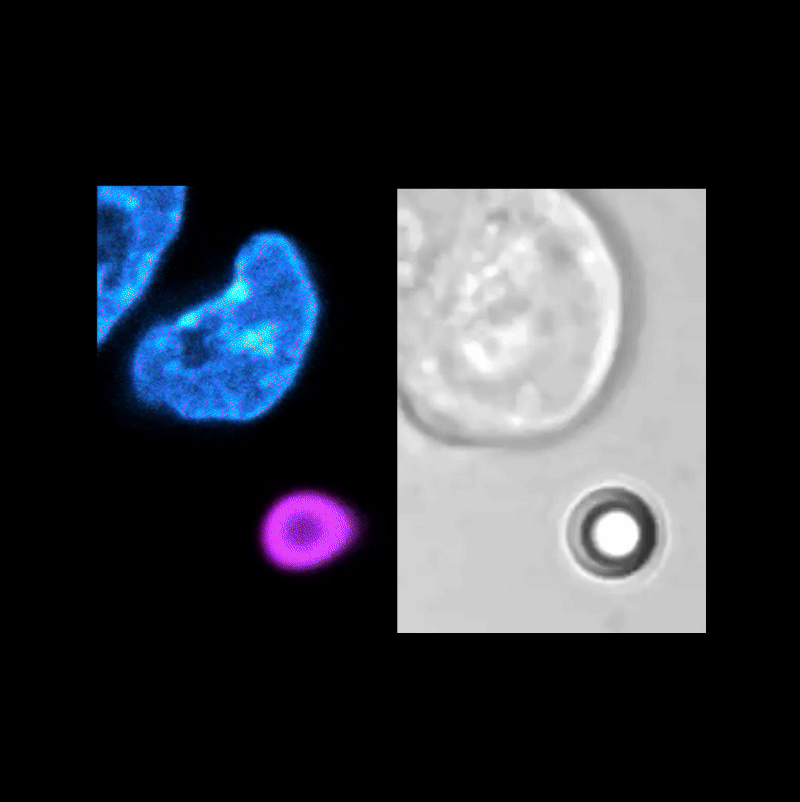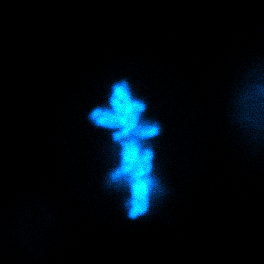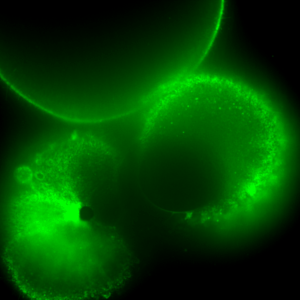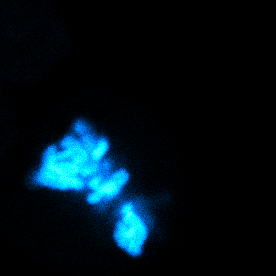Our overarching goal is to directly measure and broadly explore the mechanical aspects inside and around cells, e.g., forces and tensions that contribute to the biological interconnectivity and physiological operation of life but remain largely undetected by existing experimental approaches.
This effort is motivated by our current knowledge in cell biology, which is exceptionally rich in structural/biochemical/genomic aspects but starkly limited in the mechanical descriptions given that cells function as physical objects to exhibit life. Our research hence sits at the interface between molecular and cellular biology, biophysics, biochemistry, and cutting-edge instrumentation/ tool developments.
We are a group of gap seekers and bridge builders dedicated to unraveling the mechanical dimension in biology. By innovating, integrating, and adapting methodology in high-resolution optical tweezers, fluorescence microscopy and various imaging techniques, we aim to probe live cell force dynamics in situ and study biomechanics across scales.
Yan Lab at Stanford
Cell-Bio-Physics
The theme of our lab is "Cellular Mechanics and Force Dynamics," and our research revolves around cell division, one of the most dynamic and mechanically intense processes that cells would undergo. Yet, there are still many unknowns at the molecular, intra-cellular, and inter-cellular levels. For instance:
1. On a molecular level, how do the mitotic checkpoint proteins MAD2 couple their metamorphic fold-switching dynamics to the precise orchestration of highly synchronized events during cell division?
2. Can we probe in situ—and most importantly in a non-interruptive manner—as to how much force is exerted along the spindle assembly during chromosome segregation, and the membrane tensions distributed around the cell via the cytoskeletal network that ultimately severs the cytokinetic bridge between the daughter cells?
3. For a dividing cell and its neighbors within an embryo, how do their plasma membrane tension profiles evolve and coordinate with one another—in particular at the bipolar ends and along the metaphase plate—throughout mitosis?
4. Given the presence of physical linkages between cell membrane and nucleus, could external physical stimuli—such as the intercellular mechanical crosstalk—have an intracellular impact by altering chromatin organization, gene accessibility, transcription dynamics, thereby giving cues for cell fate/differentiation?
What is in our lab logo?
A classic dual-trap optical tweezers experiment viewing at one of the two trapped beads, and between the two lies a single piece of DNA, RNA, or protein where forces can be exerted across. Or, a live cell experiment where an optical trap brings a bead to interact with a target cell, thereby probing its physical properties and applying a well-controlled mechanical perturbation.
It is also a happy scientist embracing intellectual challenges in research. A sea turtle (SY’s favorite animal) cruising in the ocean. And, Shannon’s initial.

